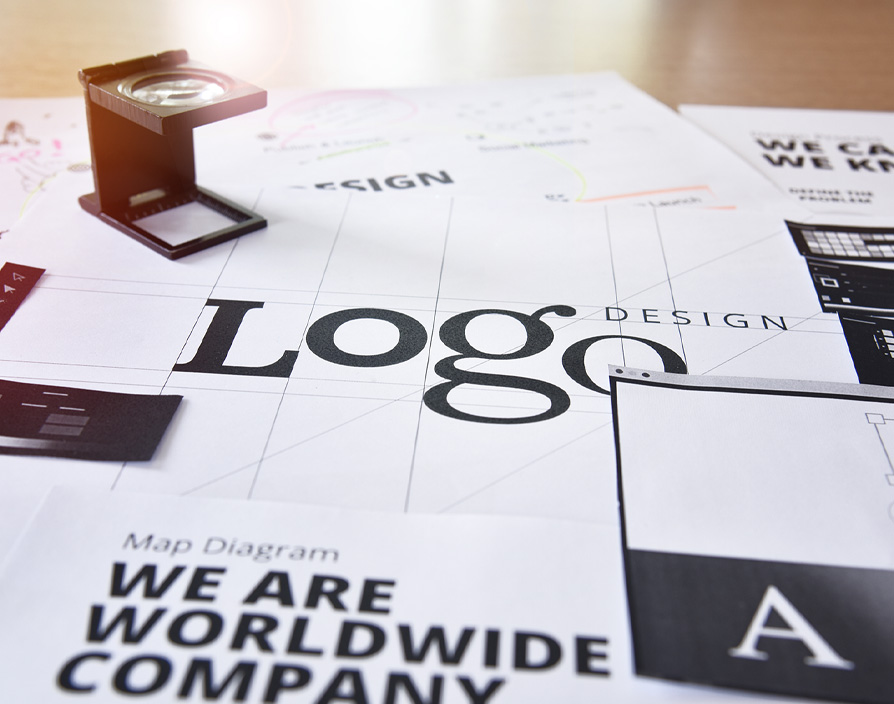How does a fledgling domestic brand or business grow to conquer the world? From premium beauty to luxury booze – the minutiae within brand identity and retail design remain critical components to success for some of the most globally recognisable brands and businesses today.
There is of course beauty in being small. The growth of independent ventures across every category in recent years is a screaming testimony of this trend. Businesses of this kind seem to offer a refreshing alternative to the soulnessness of many-produced goods. They identify with today’s ever-wary consumer ‘ those who seek purer, more earnest expressions of quality, craftsmanship and individuality. It’s easier for independent entities to stay true to their authentic founding values.
Yet every scale-up business will have a dream of making it big globally. A taste of success in domestic markets naturally hones a keen appetite for success in foreign climes.
Product innovation, a consistent global marketing and communications strategy, and the ability to be agile enough to morph propositions in line with consumer tastes across different markets are all crucial ingredients for successful international expansion. And design ‘ whether it’s bricks and mortar retail presence or plain and simple brand identity across brand expressions are vital enablers for global business success.
To dwell in the mind of the consumer is a powerful means of securing brand loyalty, driving business sustainability and brand advocacy ‘ not just in the longer term, but for life. Only good design may truly achieve this. Because its power to persuade is so compelling, new, and fledgling businesses seeking to break into a market, gain distribution or fuel international growth must place trust in reconciling design with ROI and understand the catalysing role it must play in their ambition to conquer the world.
You only need look at the potency of brand design to see how the waste of India’s village buffalo farmers (tracheas, lungs and ears) was transformed into an award-winning product that has taken the pet food market by storm. The start-up dog treat brand, Honey I’m Home, achieved distribution in over 1,000 outlets and online retailers and achieved zero to quarterly sales of almost $1/4 million in just 16 months from launch. How did a new entrant into a heavily crowded $24.6bn US pet food market gain market share and traction quickly?
Emotive, relatable brand design that captured the special bond between pet and owner, assuaged the latter’s concerns about natural produce and empathised with a greater consumer desire to purchase products from sustainable and socially conscious ventures. Through premiumising the product with brand and packaging design, Honey I’m Home were able to target a growing market of ‘pet parents’ comprising an emerging cohort of millennials and Gen-Z (16-34) that are increasingly looking for natural, sustainable, and ethical products in every aspect of their lives ‘ pets included.
The power of brand design in delivering commercial success is also evidenced in the South Gloucestershire start-up ice cream brand, Jolly Nice, which ‘ back in 2011 ‘ sought to rebrand and gain major supermarket listings. Its original iteration and brand name (Westonbirt ice cream) was not fit to deliver on this aspiration and thus a complete brand and image overhaul was undertaken ‘ from product name, which drew inspiration from its founder, Harriet Wilson, renowned for being personable and ‘jolly nice’ to the delicious flavours in the range which influenced the brand’s colour palettes. The result was a product that could at last contend against the most established luxury brands in the market, gain listings in two major national supermarkets and other smaller retailers and achieve a growth in turnover from £0 to £1.35m over several years.
It’s not just start-up brands that require a killer brand identity system to break into markets. Global and established businesses are increasingly losing market share to smaller contenders that are both agile enough to innovate quickly and capitalise on the consumer shift towards purchasing in smaller and independent brands.
Global water brand, Highland Spring, is a case in point. With the rise in health conscious and socially aware consumers, the bottled water market has become increasingly competitive. The brand titan needed a structural and visual identity refresh in order to stay relevant and competitive in an increasingly saturated marketplace. The new brand design enabled the product to be repositioned as a modern Scottish classic, generating an ROI of 113:1 ‘ equating to a 20.02% volume sales increase. It also delivered 16% growth to the soft drinks category and the brand outperformed the total bottled water market on volume terms by 12.2% – helping it to regain its position as the number 1 bottled brand in the UK. A brand refresh catalysed this commercial growth.
It’s clear that brand design has both the potential to launch start-up brands and rejuvenate ailing ones. But to do this successfully, one must balance analysis with intuition in order to create exceptional ideas that have a reduced commercial risk. A brand overhaul can be risky for an established name if iconic marques or recognisable aspects of brand identities are meddled with or removed. It can cause confusion and alienate core customer bases. The process must therefore be strategically planned.
Brand design is less about the aesthetics and more about solving business challenges. To create businesses that are genuinely unforgettable and endure in the collective consciousness, brands must first identify the problems or obstacles that frustrate their commercial goals and use this as a platform for exploring and ideating powerful brand expressions. These ideas must be road tested, de-risked and eventually validated ‘ from inception to finally measuring the commercial impact once launched into market such as qualitative and quantitative testing and setting and measuring key performance indicators and ROI.
Effective brand design critically delivers on the bottom line because it elevates a business or brand above its competitors. It influences and persuades. It allows a business or brand to communicate the very tenets that define its reason to be … and in a values-driven world, this has never been more important.
Alex Bane is Co-founder and Chief Business Officer at brand expression agency Taxi Studio
“
Share via:


















































